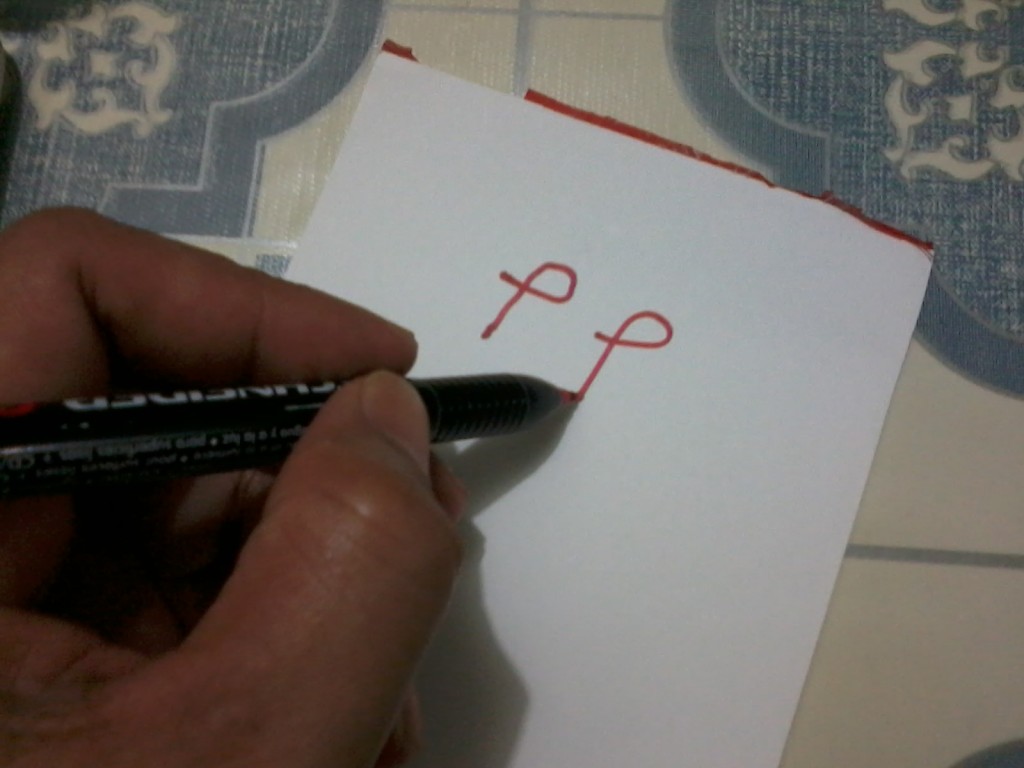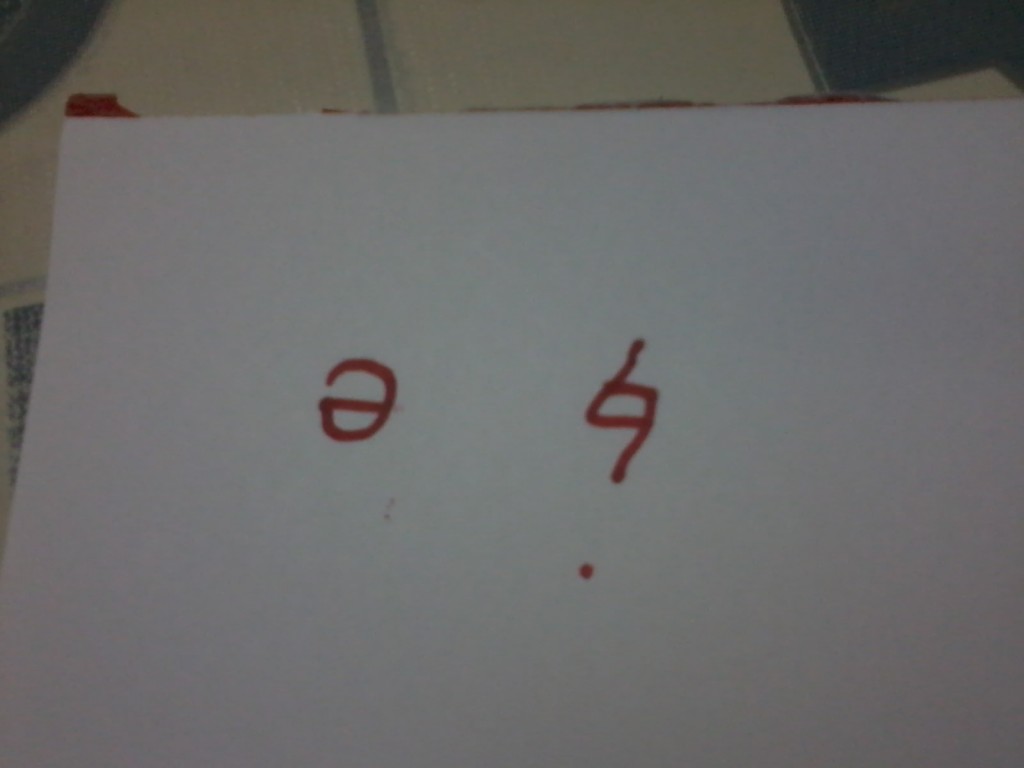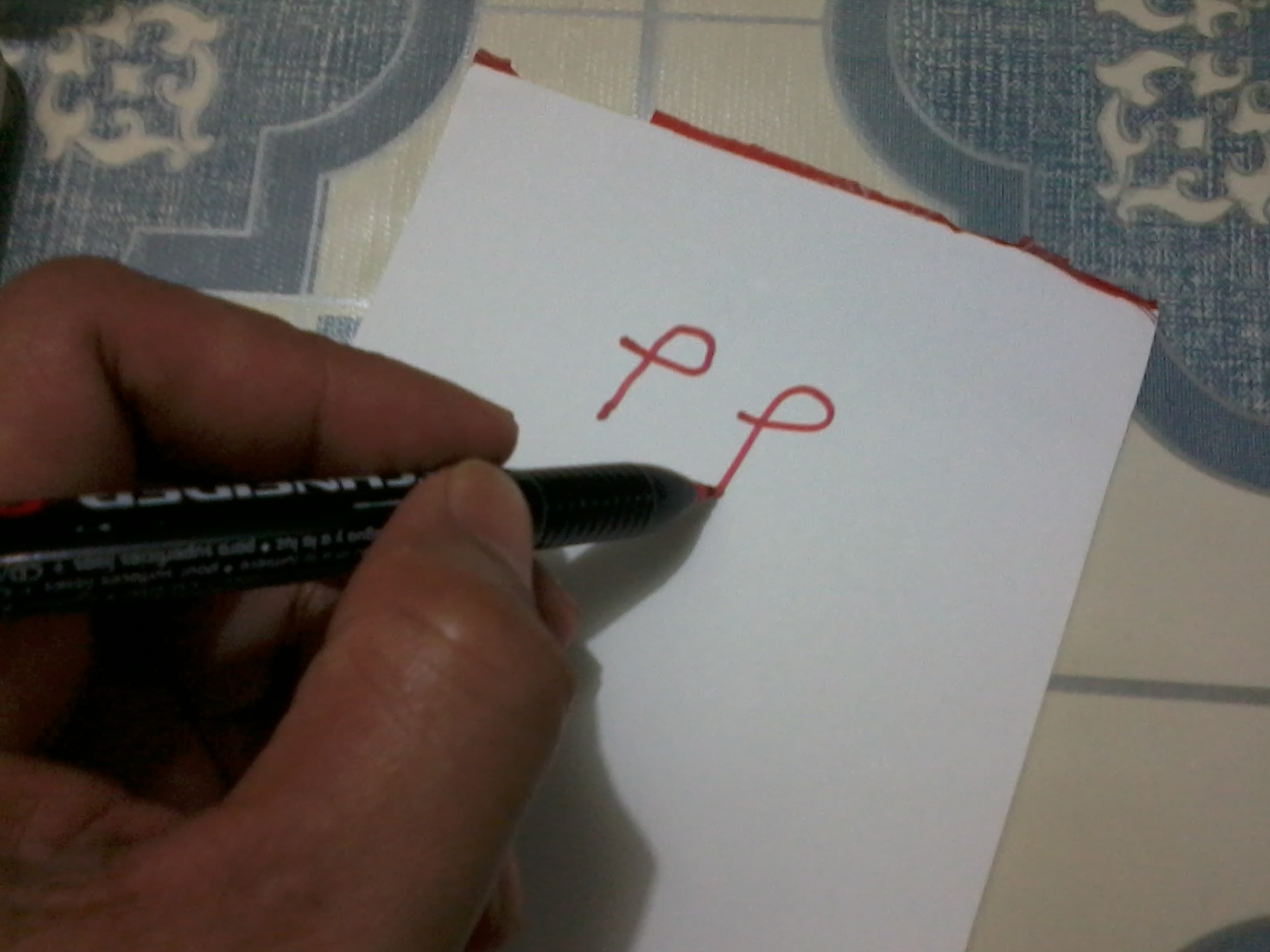That’s it! I’m through with all these debates on Philippine orthography, whether to use P or F. I’m inventing my own krazy kalligrafi! (Or is that kalligraphi?)
I mean, why should I be forced to follow a decision whether to use F as in Filipinas instead of P as in Pilipinas to reflect the faithful truth about our nationhood, or at least about its original name? Will genuine land reform and national industrialization proceed in earnest, and will we stand prouder in the eyes of other nations, if all 95 million Filipinos (or is that Pilipinos) agree to use F or P?
I mean, isn’t this issue rather like that of renaming the South China Sea as “West Philippine Sea,” as if the new name strengthens our claim on the disputed islands?
Doesn’t this fall into the same mindset of renaming the old National Disaster Coordinating Council into the longer, more tongue-twisting National Disaster Risk Reduction and Management Council? Or the old plain Presidential Press Office into the monstrous Presidential Communications Development and Strategic Planning Office?
Why are we so obsessed with renaming streets and parks and airports and offices and buildings and islands and seas anyway—often in ways that create more confusion than clarity? Now, we want the same quirky obsession applied to how our country’s name is spelled. Don’t our officials have anything better to do?
So instead of allowing myself to be sucked into a useless debate on whether to use P or F, let me rather go off-tangent and propose my own krackpot kalligraphi. Why choose between P and F when you can combine both into a new letter? After all, many Pinoys have a hard time distinguishing between the two letters anyway.

(To convince you of the genius lurking behind my newly invented letter, see photo above. There’s also a glimpse of my expert drawing hand holding a super-high-tech pen, gratuitously thrown in for good measure.)
So I’ve decided to make our lives easier by combining the two into just one letter, which name I have promulgated to be “pfew” although you could also pronounce it as “fee” and not be way off the mark. In my revolutionary alphabet, “pfew” will precede “p” and will be officially allowed to replace F and P when there is even a whiff of controversy on which letter to use.
And while we’re at it, may I also introduce the inverted “e” (long known to linguists as the “schwa”), which we Filipinos and other Austronesian speakers will find very convenient whenever we’re in doubt whether to use E or I or A or O. How to spell Tagalized “uncle”? Is it “angkal” or “angkel” or “angkol”? Just use “schwa” and be done with it.
I’m on a roll, so let me finish with the “desharp” symbol (which looks like the musical symbol that switches off sharps, and is technically called a “natural”). It can stand for either D or R, or even L occasionally. Have you ever been stumped by the huge problem of whether to spell some word “din” or “rin”? “Paladin” or “palarin”? “Makikidaan po dito” or “makikiraan po rito”? “Danaw” or “lanaw” or “ranaw”? There are strict rules for these. But what if you always forget, and don’t have time to consult your favorite (or is that peyborit) Pilipino language bible? Then just use the all-purpose “desharp” and be done with it.

I have a dozen more practical suggestions on how to reform the Filipino (or is it Pilipino?) alphabet. But you get the idea. The key is in using krazy kalligrafi, which will not look so krazy after a century or two of adopting and commonly using it.#


